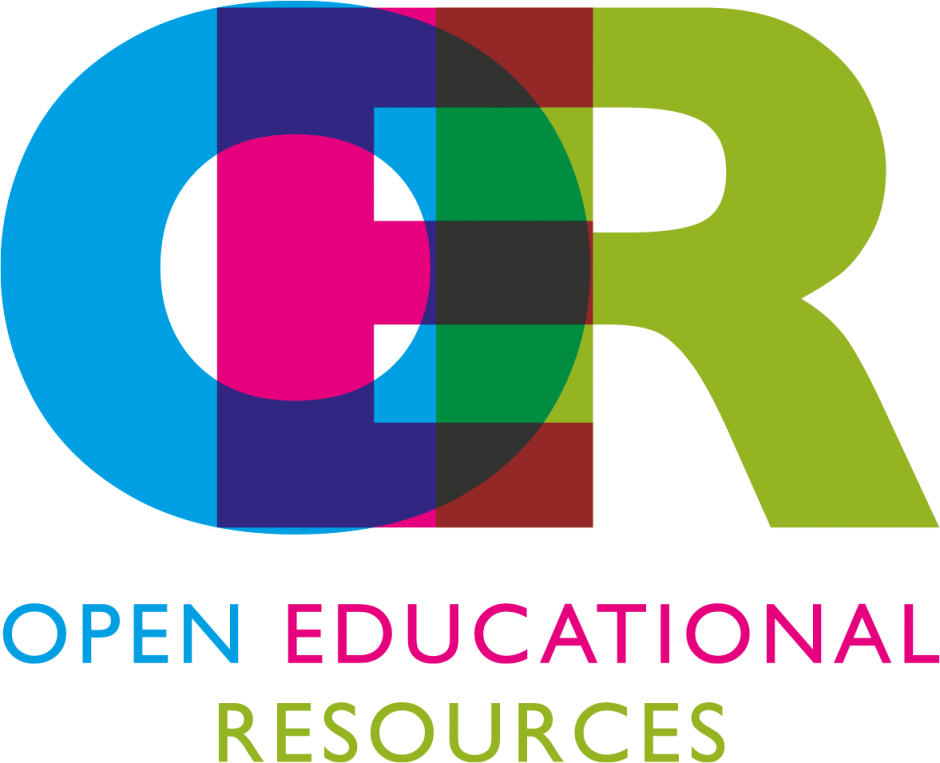Many teachers frame learning plans around learning intentions or “I Can” statements can help shift from learning objectives framed as “Students will be able to” (SWBAT). Using language that helps your students understand the learning intention will help them achieve that learning intention and may help the teacher stay ‘focused’ or connected to the objectives. Many teachers also record these on the board or slides so that students can see them and achieve them! For older students, the term ‘learning target’ or ‘learning intention’ may help them connect to the objective. I’ve even seen teachers have a visual ‘target’ drawn on the board or on a poster, physically tapping or pointing to it when stating learning intentions during class. A nice kinesthetic prompt!
Benefits of developing your objectives in student-friendly language include:
- supports students taking some ownership or agency over learning
- more student centered
- makes the learning intentions ‘visible’ and understandable to learners
Here is one perspective on crafting ‘I Can’ statements from an arts educator including some samples and tips:
How to develop the “I Can” statement.














